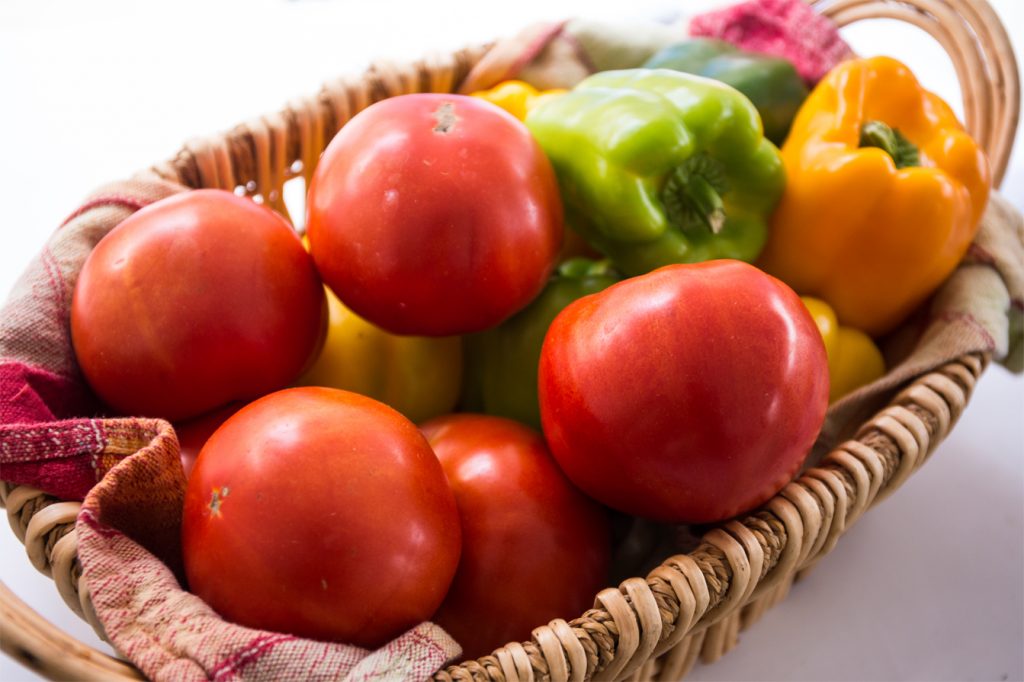
By Gene McAvoy
Choosing which variety to plant is one of the most critical decisions that a commercial grower must make each season.
Variety selection is a dynamic process. In the past, some varieties retained favor for many years. More recently, with advances in plant breeding and the incorporation of new and improved traits for disease resistance and other horticultural characteristics, there is a trend for older varieties to be supplanted by newer cultivars after only a few seasons.
“Profit” may be the only word needed to describe the importance of variety selection. Profit potential depends on selecting varieties suited to the farm and your target market.
Selecting the proper variety may be an opportunity to expand a market or overcome certain production obstacles.
Growers would be wise to heed the old saying: “There is nothing more optimistic than a seed catalog.”
DO YOUR HOMEWORK
Study and use reliable results from local performance tests, including on-farm trials, other growers’ experience, vegetable and seed trade literature and university studies. Discuss results of university and seed trade variety trials with the people who performed them.
On-farm trials will help identify varieties that may be potential candidates for production.
START SMALL
When trying new varieties, do so on a small-scale basis but make it a fair test by growing them under the same conditions likely to be encountered in the field. Whether the new varieties work or not, the process of testing them will provide valuable information.
RECORD RESULTS
“Mental notes” on yield or overall performance are usually not as accurate as actual measurements. Keeping accurate records of yield and other data is important but often overlooked. To gain the most benefit from on-farm trials, results should be recorded and documented.
With good records, growers can identify which varieties will perform best in which fields in which season (early, mid or late) and other production conditions (e.g., climate, disease and insect pressure).
TRY SOMETHING NEW
Following the maxim “if it ain’t broke, don’t fix it,” growers sometimes identify and stick with favorite varieties. This approach is understandable, but it shouldn’t prevent a producer from trying new varieties.
Production and market forces increasingly demand that growers establish identities in the marketplace, partly through supplying unique, high-quality products. For growers, changes in consumer preferences can dictate adoption of new and unique varieties to distinguish themselves in the market.
KNOW YOUR MARKET
Research the market to clarify what is valued and accepted. Growers should know their target market and be prepared to grow what the market dictates. Keep in mind that most markets tend to see yield as the grower’s concern and quality as theirs.
In evaluating a new cultivar, these important selection factors should be considered:
- Marketability: The harvested plant product must have characteristics desired by the packer, shipper, wholesaler, retailer and consumer.
- Maturity needed to match the cropping season, supply the market and reduce the risk of weather-related crop failure
- High marketable yield potential
- Dependable resistance to diseases, insects, stress and physiological disorders (e.g., blossom-end rot)
In pepper, these qualities include pack-out, shelf life, shape (blockiness), number of lobes, color (both mature color and shade of green for immature fruit), size, firmness and pod wall thickness. More recently, some markets are interested in nutritional quality and taste.
The tomato market seeks many of these same qualities, including color, shape, flavor, firmness, pack-out, shelf life and shipping and ripening characteristics.
Variety evaluation should be an ongoing process for growers who wish to remain profitable and competitive.









